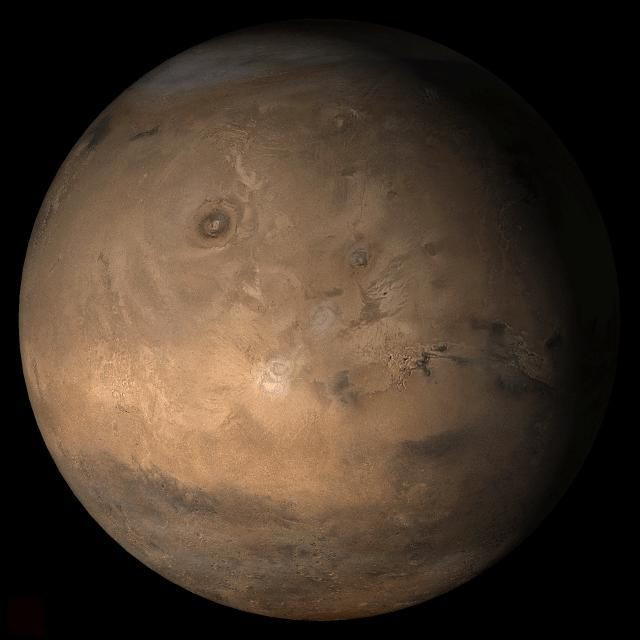Can Earth Collide With Mars? Experts Say It Could Happen

Scientists believe that gravitational forces and other factors in space could affect the orbits of planets, which means there’s a chance that Mars could collide with Earth. If this happens, the resulting impact would destroy the entire planet.
A video released by PBS Space Time on YouTube, tackled the various factors in space that could cause the Earth’s destruction. One of the scenarios discussed in the video is a possible collision between Earth and Mars.
The thought of Mars and Earth bumping into each other may seem completely impossible at first simply because these planets are on two different orbits around the Sun. However, according to the video’s host Gabe Perez-Giz, Earth and Mars can also be affected by the gravitational forces exerted by other planets in the Solar System.
“Earth and Mars’ field gravitational pulls not just from the Sun, but also from the other planets and from big asteroids too,” he explained. “Now those extra tugs are tiny. But if everything lines up just right, then over billions of years they could have a sizable cumulative effect and distort those orbits.”
Pere-Giz noted that the changes in the orbit could nudge Earth into a direct collision course with Mars.
In a study published in 2009, scientists ran over two thousand simulations of the Solar System’s evolution within the next billions of years. For the simulations, the scientists moved Mercury to about a meter away from its current trajectory.
In one of the simulations, the orbits of the other planets stretched out due to Mercury’s new position. This caused Earth’s orbit around the Sun, Venus and Mars to expand. The scientists then discovered that Earth’s new trajectory would place it in a direct collision course with Mars in four billion years.
Aside from hitting Mars, the scientists’ other simulations also showed Earth crashing into other nearby planets including Venus and Mercury.
The resulting collision between these two planets would result in total destruction. Since Mars is about half as big as Earth, the impact from the Red Planet would produce enough energy to instant shatter the planet.
© Copyright IBTimes 2025. All rights reserved.





















